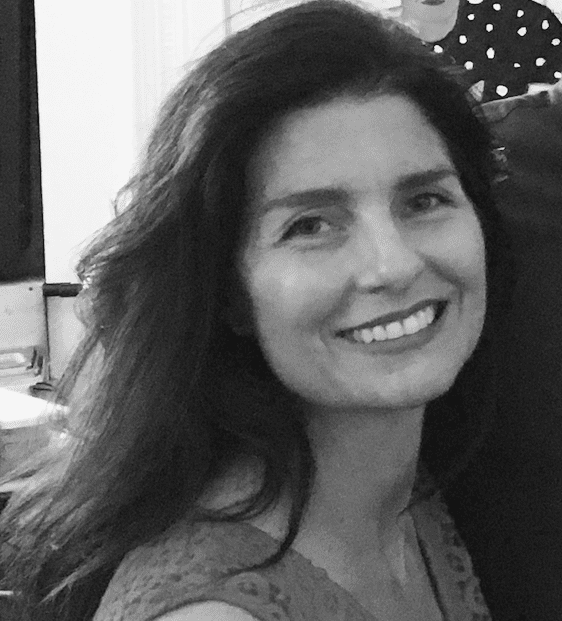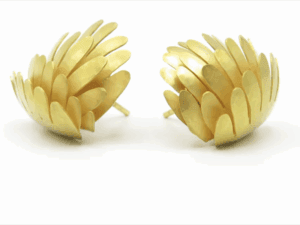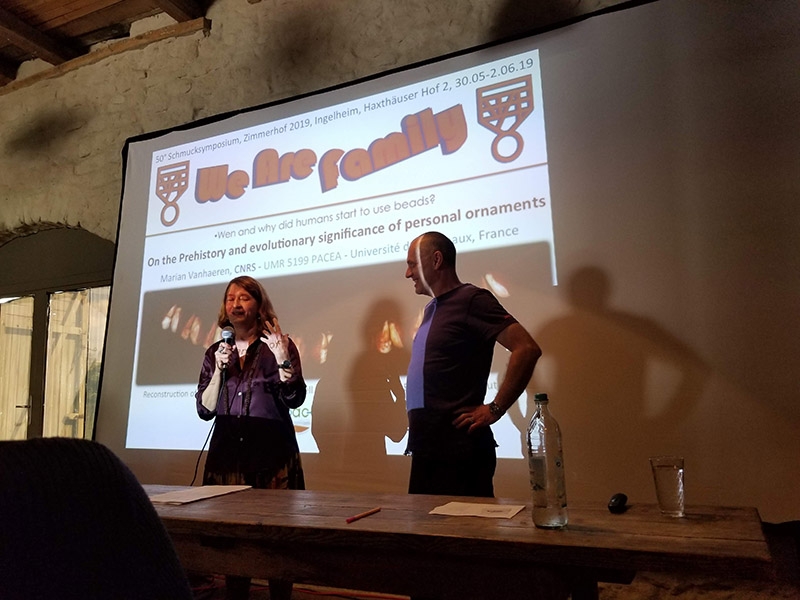
As told by jewelry artist David Bielander, the first German Shmucksymposium was held in 1969 and titled Schmucksymposium Haldenhof. The gathering took place on an estate called Haldenhof, in the Schwäbische Alb (hills) near Schwäbisch Gmünd. Schwäbisch Gmünd used to be the second most important German hub for the jewelry industry (particularly silversmithing), after Pforzheim. The landlady of the estate, Jo Stotz, was an accomplished goldsmith and networker who founded the symposium. Before she died in 1982, she decided that her daughter would host the symposium going forward.
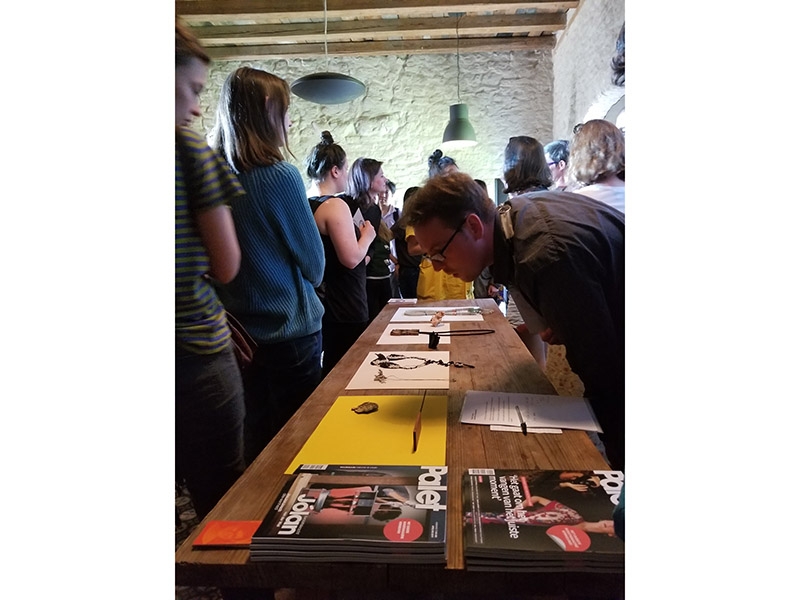
In 1996, after Stotz’s daughter passed away, Yvonne von Rachnitz offered Zimmerhof (a castle complete with a barn) to host the symposium, and it moved there, renamed Haldenhof at Zimmerhof, and later, just Zimmerhof. Von Rachnitz, along with Ulrike Ortwein and Ursula Woerner, coordinated the logistics for years and formed the identity the event has now, while different groups and organizations planned the speakers and themes. The spoken language changed from German to English in 2012, and the symposium became more international, recently covering topics such as “Future Jewelry Icons” (2015), organized by Current Obsession; “HD Treasure” (2016), which investigated the combination of technology and aesthetics, and was organized by Florian Milker, Annika Pettersson, and Adam Grinovich; and “Nourishment” (2017), organized by Rutger Emmelkamp, Merijn Bolink, and Pieter Elbers.
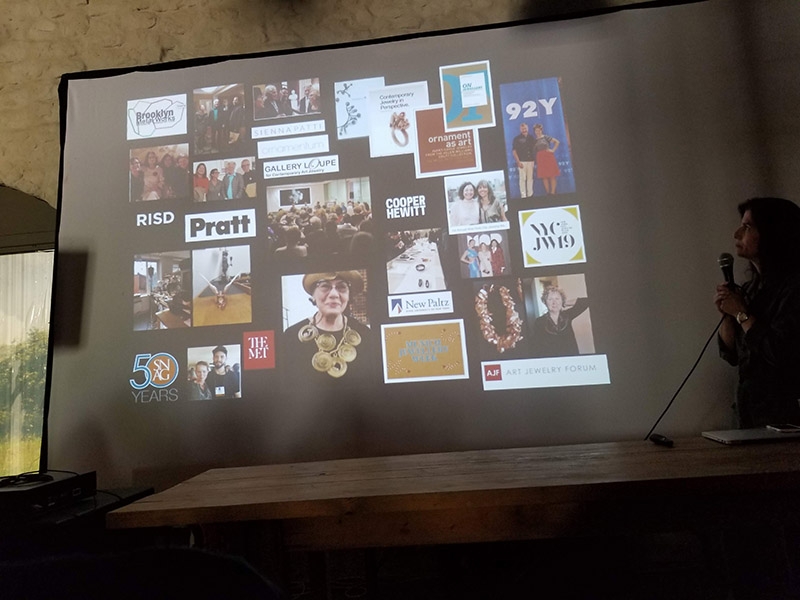
Sadly, von Rachnitz passed away and there was no event in 2018. Heeding the call to carry on its legacy, Helen Britton and Bielander agreed to create a theme and organize the speakers for 2019, while Woerner bicycled from Zimmerhof to Haxthäuserhof (a nearly 100-mile distance), looking for a venue with the same essential vibe as von Rachnitz’s estate. She found the perfect place at the end of her journey, a rural farm close to the Rhine River. Fittingly, given their respect for the efforts of generations past, Britton and Bielander titled this year’s event “We Are Family.”
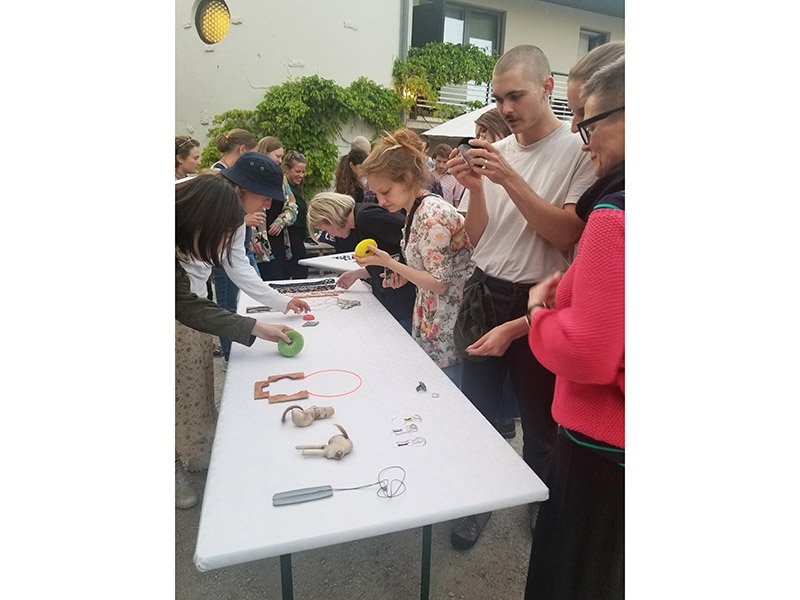
While including “family” in the theme’s title serendipitously acknowledged the generational commitment to Zimmerhof, it was named as such to illuminate the extended family of the contemporary jewelry field today. Britton and Bielander built a program that explored not only the impressive work of artists, but also the efforts of professionals who have facilitated the development and connection of our international community.
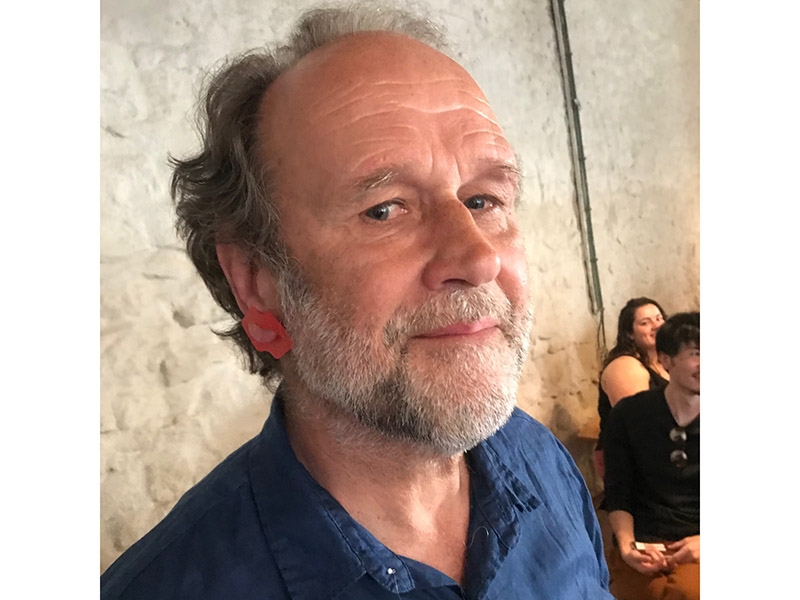
In-depth discussions about jewelry publishing, galleries, museum curatorial programs, academics, metal art studios, and industry websites took place, with presentations from
- Dirk Allgaier, of Arnoldsche Art Publishers (Germany)
- Doreen Timmers, of Galerie Door (the Netherlands)
- Yours truly, from the Museum of Arts and Design (USA)
- Dr. Marian Vanhaeren, anthropologist from Centre National de la Recherche Scientifique (Belgium)
- Barbara Schmidt, of Designmanagement (Germany)
- Erin S. Daily and Brian Weissman, of Brooklyn Metal Works (USA)
- Carolin Denter, of Klimt02 (Spain)
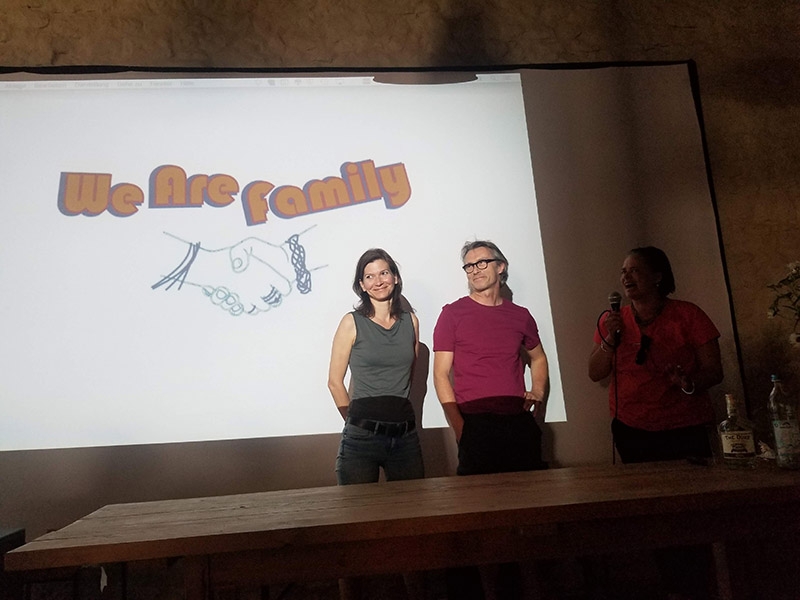
We also listened to lectures from artists both inside and outside the field, including
- Veronika Fabian, jewelry artist (UK)
- Yutaka Minegishi, jewelry artist (Japan/Germany)
- Caroline Broadhead, jewelry artist (UK)
- Christoph Hefti, fashion designer and artist (Switzerland)
- Cécile Feilchenfeldt, weaver and designer (Switzerland)
Altogether, 12 lectures took place. One hundred and twenty people participated, half of them students, and the other half artists, educators, and leaders in the field.
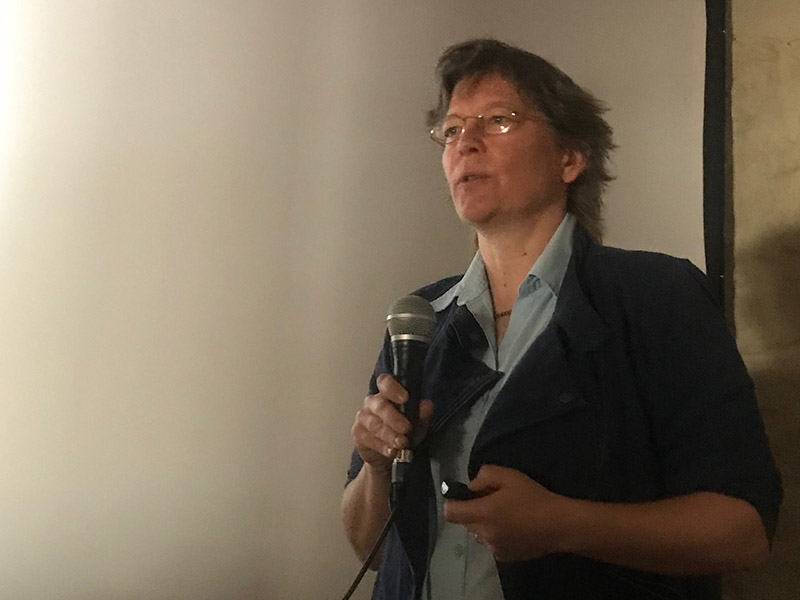
It was Britton’s and Bielander’s goal to help younger artists step outside the “jewelry bubble” by broadening their understanding of the field to include related professions. Additionally, they wanted to foster a safe space to discuss key topics to help bridge the current generational gap in the field. While the lectures were enlightening, they could at times be uneven and it was initially challenging to get younger participants to share their points of view. Still, the program was very successful in stimulating real and honest debate about the jewelry universe and the creative process.
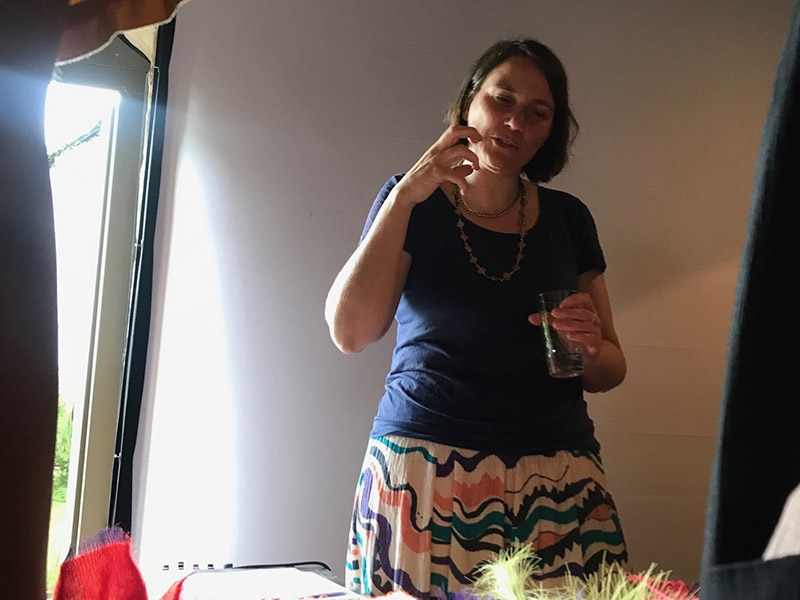
Together, we discussed the extended field and how it is evolving to support the health and growth of contemporary jewelry. We conversed about how jewelry-related organizations might become more tightly connected in the future. We debated the creative process and whether or not it’s different when making jewelry or, for instance, artistic carpets or even haute couture. Of course, we also handled and tried on actual jewelry together. At the 50th anniversary of this special and rare symposium, we concluded that the field has blossomed positively to become more varied and complex in all respects. As Britton and Bielander hoped, we together dissected and celebrated “the positive growth of our strange little niche.”
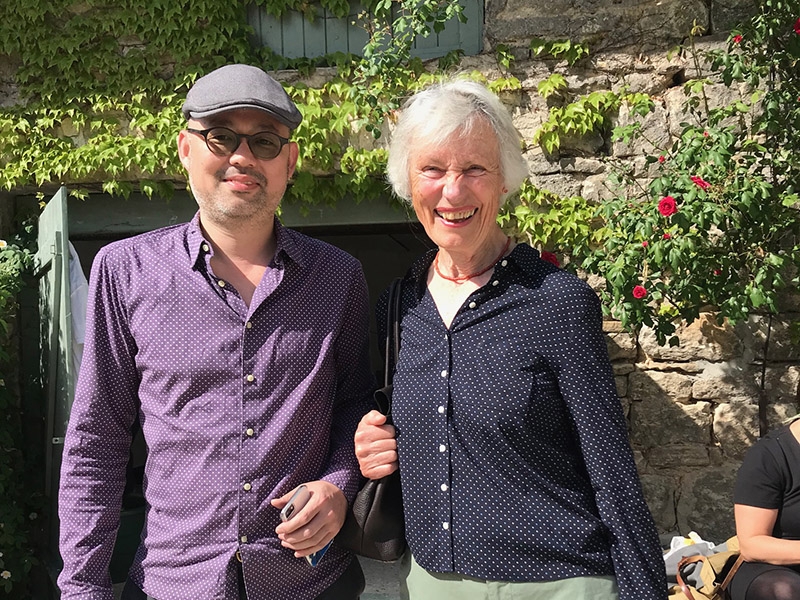
Of all the jewelry events I have been to thus far, including Schmuck, SNAG, and numerous day symposiums, this was the best paced for stimulating discussion and analysis with diverse groups of people who are deeply involved in our subject. Being tucked away in the country with little access to the outside world, enjoying two lectures between meals, and formally ending before dinner allowed for a clear mind and the space to think about the topics that matter.
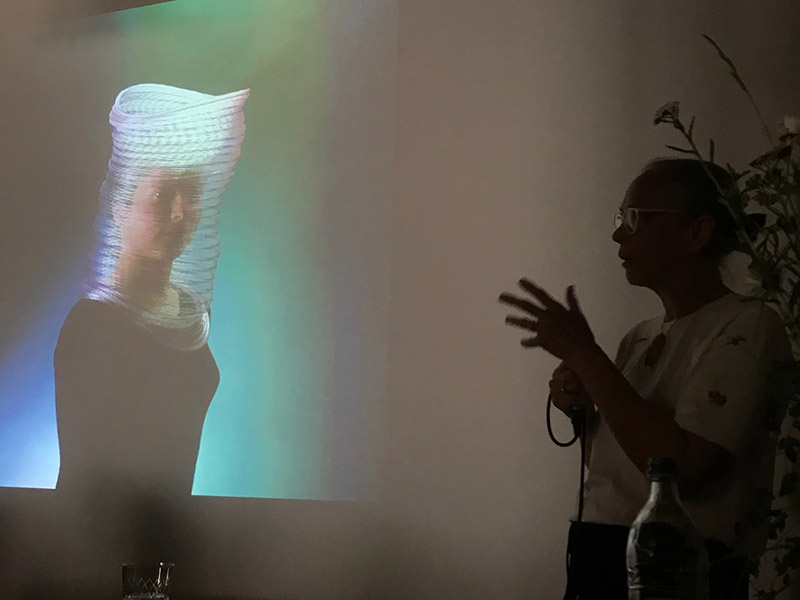
Next year, David Huycke and Claudia Hoppe will serve as the hosts and, for now, the symposium will continue to be called Zimmerhof. Eventually, however, it will be named Zimmerhof at Haxthäuserhof—and then just Haxthäuserhof.
